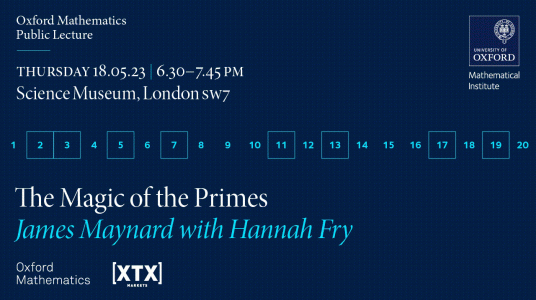Linear poroelasticity models have important applications in biology and geophysics. In particular, the well-known Biot consolidation model describes the coupled interaction between the linear response of a porous elastic medium saturated with fluid and a diffusive fluid flow within it, assuming small deformations. This is the starting point for modeling human organs in computational medicine and for modeling the mechanics of permeable
rock in geophysics. Finite element methods for Biot’s consolidation model have been widely studied over the past four decades.
In the first part of the talk, we discuss a posteriori error estimators for locking-free mixed finite element approximation of Biot’s consolidation model. The simplest of these is a conventional residual-based estimator. We establish bounds relating the estimated and true errors, and show that these are independent of the physical parameters. The other two estimators require the solution of local problems. These local problem estimators are also shown to be reliable, efficient and robust. Numerical results are presented that
validate the theoretical estimates, and illustrate the effectiveness of the estimators in guiding adaptive solution algorithms.
In the second part of talk, we discuss a novel locking-free stochastic Galerkin mixed finite element method for the Biot consolidation model with uncertain Young’s modulus and hydraulic conductivity field. After introducing a five-field mixed variational formulation of the standard Biot consolidation model, we discuss stochastic Galerkin mixed finite element approximation, focusing on the issue of well-posedness and efficient linear algebra for the discretized system. We introduce a new preconditioner for use with MINRES and
establish eigenvalue bounds. Finally, we present specific numerical examples to illustrate the efficiency of our numerical solution approach.
Finally, we discuss some remarks related to non-conforming approximation of Biot’s consolidation model.
References:
1. A. Khan, D. J. Silvester, Robust a posteriori error estimation for mixed finite
element approximation of linear poroelsticity, IMA Journal of Numerical Analysis, Oxford University Press, 41 (3), 2021, 2000-2025.
2. A. Khan, C. E. Powell, Parameter-robust stochastic Galerkin approxination for linear poroelasticity with uncertain inputs, SIAM Journal on Scientific Computing (SISC), 43 (4), 2021, B855-B883.
3. A. Khan, P. Zanotti, A nonsymmetric approach and a quasi-optimal and robust discretization for the Biot’s model. Mathematics of Computation, 91 (335), 2022, 1143-1170.
4. V. Anaya, A. Khan, D. Mora, R. Ruiz-Baier, Robust a posteriori error analysis for rotation-based formulations of the elasticity/poroelasticity coupling, SIAM Journal
on Scientific Computing (SISC), 2022.


